Did the pharma industry’s much-ballyhooed ”pivot to digital” result in a lot of failed product launches?
In spring 2020, given the prospect of zero or very low in-person contact with doctors, marketing assets typically used to support drug promotion — think leave-behinds like visual aids for sales calls and glossy brochures — suddenly became obsolete. Healthcare marketers realized they had to accelerate the shift to virtual engagement. As a result, many tactics made the hasty leap into cyberspace.
“When it was very clear no one was going to be returning to work after a week, there was this big rush to take every single thing we had and make it digital,” recalled Kimberly Coleman-Clotman, head of U.S. marketing for Nabriva Therapeutics. “That resulted in emails galore and ‘How do we do even more in the interactive visual aid space?’ These definitely became projects rather than being thoughtful.”
The industry executed a nifty overnight transition. But amid the tumult of getting its wares online, strategy and purpose often took a back seat. Just 4% of pharma’s digital product launches regularly succeed, according to a recent report.
“I’m not surprised that from an execution standpoint, given what people were trying to do with all this innovation and the way they approached it, that we all fell flat on our face, as it were,” Coleman-Clotman added.
Not that you’d truly know if they succeeded or not. About 10% of the 450 pharma and healthcare professionals around the world who were surveyed said they didn’t even have KPIs in place to measure that.
“So you end up with hundreds of sites paid for by pharma companies that are viewed by no or a few people a month or year, and the only way to get traffic is through big ad spends. Without it, they can just die on the vine,” said Jon Hume, commercial director for Graphite, which conducted the study in association with Reuters Events.
Pharma companies are very good at building digital assets. The overwhelming majority (91%) told researchers they appreciate the importance of said assets to adding value to the HCP and patient by supporting the overall customer experience.
Yet as the research showed, many didn’t turn out quite as intended. The disconnect comes down to the difference between digitization and digital transformation, explained Gary Holifield, head of digital strategy for Amryt Pharma, and one of the report’s contributors.
“Digital is taking assets and making them digital, which is a great first step,” said Holifield. “But it’s a check-the-box exercise versus digital transformation, which is bringing it all together from a strategic point of view and asking, ‘Why are we digitizing?’”
Pre-pandemic, pharma marketers were slowly working through the steps of that transformation. They had grown comfortable with a certain cadence of drug launches. COVID-19 rapidly reframed the focus from what’s being delivered — and whether the tools truly serve customers’ information needs — to merely delivering them. Small and traditionally run businesses were hit hardest.
“There was a big increase in minimum viable products, but those teams never came back and improved on these,” said Hume. “It’s easy to rationalize it internally and say, ‘It’s a minimum viable product,’ but if you don’t come back, it’s the final product.”
Indeed, some 80% of respondents agreed that pharma gets “too distracted” building websites and apps and doesn’t follow through on creating services that provide long-term engagement for HCPs and patients.
Other potential reasons for the dip in quality, as backed up by the report, are problems that have haunted the industry for years: siloization, precious little digital expertise and a lack of organizational buy-in.
The highest rates of respondents who “strongly agree” that digital pharma products can add value to audience relationships were VP- (66.7%) and board-level (63.6%) execs. But only 27% said they are speaking to their customers regularly about their needs and preferences when it comes to digital products. Some have only done so once or twice.
Then there’s the classic push/pull between medical affairs and commercial teams — which is to say, between the mindset of “let’s have a scientific exchange with doctors” and the relatively hard-sell mentality of sending samples followed by a rep visit.
That tension manifested itself in the survey. The majority (65%) of medical affairs respondents agreed with the statement “direct marketing to HCPs online has run its course.”
But if the next phase of digital engagement is with service-led tools that add value for HCPs, it won’t be easy to achieve a more customer-centric approach.
“People don’t necessarily recognize value-added activities as true business drivers,” said Coleman-Clotman. “There’s a struggle to understand the value of ongoing customer engagement, whether with the HCP or patient, as well as the value of adherence with courses of therapy that are shorter in duration vs. chronic.”
So how can pharma avoid failure in its digital product launches?
“The number-one thing is having senior-executive support,” said Holifield. “If you don’t have that sense of urgency and drive, backed up by resources, then you’re dead in the water.”
Coleman-Clotman agreed: “The mindset has to change first.” Given the high failure rate, it’s hard to find other companies who are doing it well, but she suggested looking outside the industry for inspiration.
Some 62% said it’s “unrealistic” to compare the digital experience of pharma’s customers with those of consumers of companies like Netflix, Spotify and Amazon.
Then again, orgs that don’t make such comparisons are “putting themselves at a disadvantage by limiting their potential,” Holifield cautioned. “Because the pharma industry is behind, we need to compare ourselves to the other sectors and their UX standards.”
Is it likely pharma will start competing tomorrow with the likes of Netflix in terms of scale? No, but companies can learn from them about the importance of having a long tail on their content, said Hume. What these non-pharma apps are good at is creating an intuitiveness and a stickiness that makes people want to return to their content again and again.
A related point for pharma: shed the competitor comparisons. One of the most common refrains in the industry is that everyone wants to be innovative… as long as five other companies have done it first. Given how quickly the digital landscape is changing, this mentality is at the very least ill-advised and at worst likely to backfire.
“It’s a relatively common thing that you do some competitor analysis, but to have it drive an entire strategy is another thing,” said Hume.
Not surprisingly, Hume suggested companies spend more time thinking about why they’re creating digital products. “Go out to customers and find out what’s the best way to support them,” he urged.
Why aren’t companies doing this? “Honestly, it’s the path of least resistance, believing that we need to be fast,” said Holifield. “I’ve had a couple of projects where we had stakeholders say, ‘How fast can you get that done?’ before fully exploring the problem and the why behind what we’re doing.”
Lastly, companies must commit and follow through on the long tail of making those tactics work. “Many things are launched and forgotten about,” Hume reiterated. “Don’t launch a website unless you have a 12-month content plan and a road map for new features.”
Without ensuring their long-term survival and ability to thrive, he warned, many of these assets end up getting taken off the internet. “They slide into darkness.”










